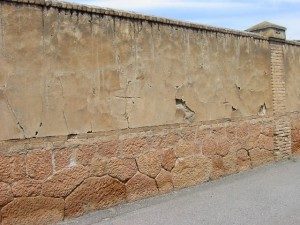 The term building is used to define and describe all those constructions made artificially by human beings with different but specific purposes. The buildings are works that the human being designs, plans and executes in different spaces, sizes and shapes, in most cases to inhabit them or use them as sheltered spaces. The most common and widespread buildings are residential buildings, although other buildings such as temples, monuments, shops, engineering buildings, etc. also fall into this group.
The term building is used to define and describe all those constructions made artificially by human beings with different but specific purposes. The buildings are works that the human being designs, plans and executes in different spaces, sizes and shapes, in most cases to inhabit them or use them as sheltered spaces. The most common and widespread buildings are residential buildings, although other buildings such as temples, monuments, shops, engineering buildings, etc. also fall into this group.
One of the basic characteristics of the building is that it is a work that is built artificially in a certain space. This means that we cannot find buildings in nature, they are always the product of inventiveness and human execution. Buildings, on the other hand, require a complex system of planning, design and execution, requiring a certain amount of time, capital and material to be invested in their realization (amounts that vary according to the complexity of the building).
Depending on the use that is given to the building, the construction procedures will be different. At the same time, in the case of those buildings used for housing or the performance of certain activities of the human being, they will also imply the appearance of buying and selling systems, while other buildings such as monuments do not usually require such operations.
Among the different types of buildings we can find those of a rural type (such as stables, farms, silos, basements), those of a commercial type (hotels, banks, businesses, restaurants, markets), those of a residential type (apartment buildings, private homes, nursing homes, condominiums), cultural ones (schools, institutes, libraries, museums, theaters, temples), government (municipality, parliament, police or fire stations, prisons, embassies), industrials (factories, refineries) , mines), transport (airports, bus or train stations, subways, ports) and public buildings (monuments, aqueducts, hospitals, stadiums).









